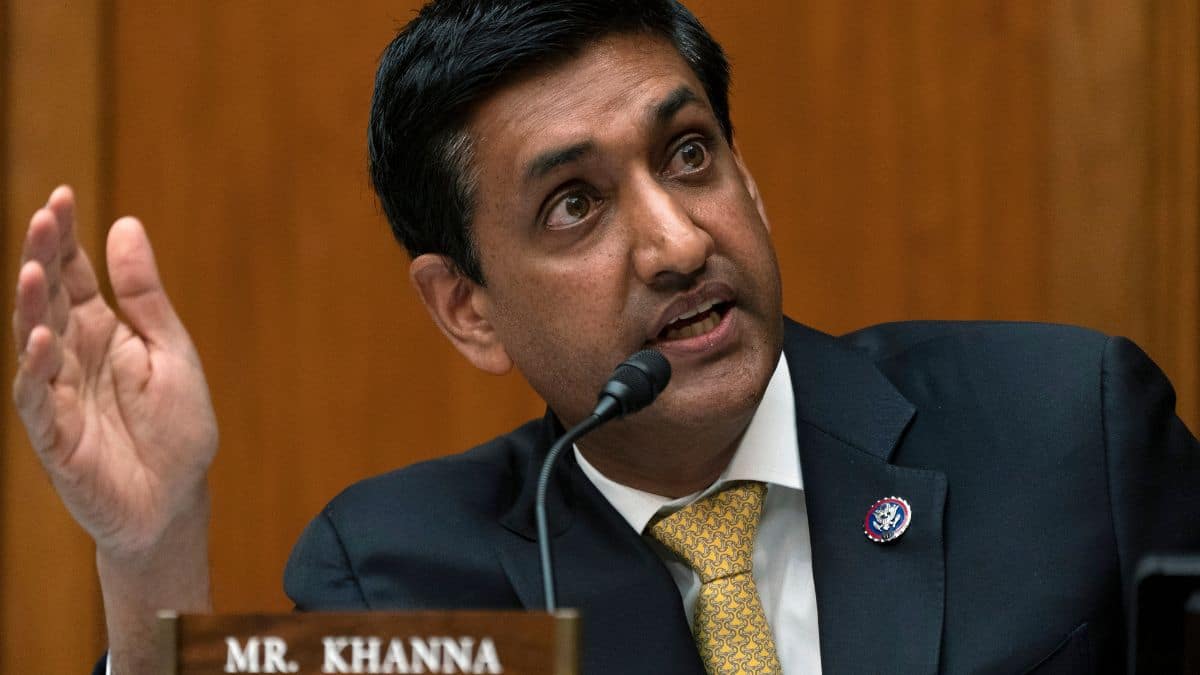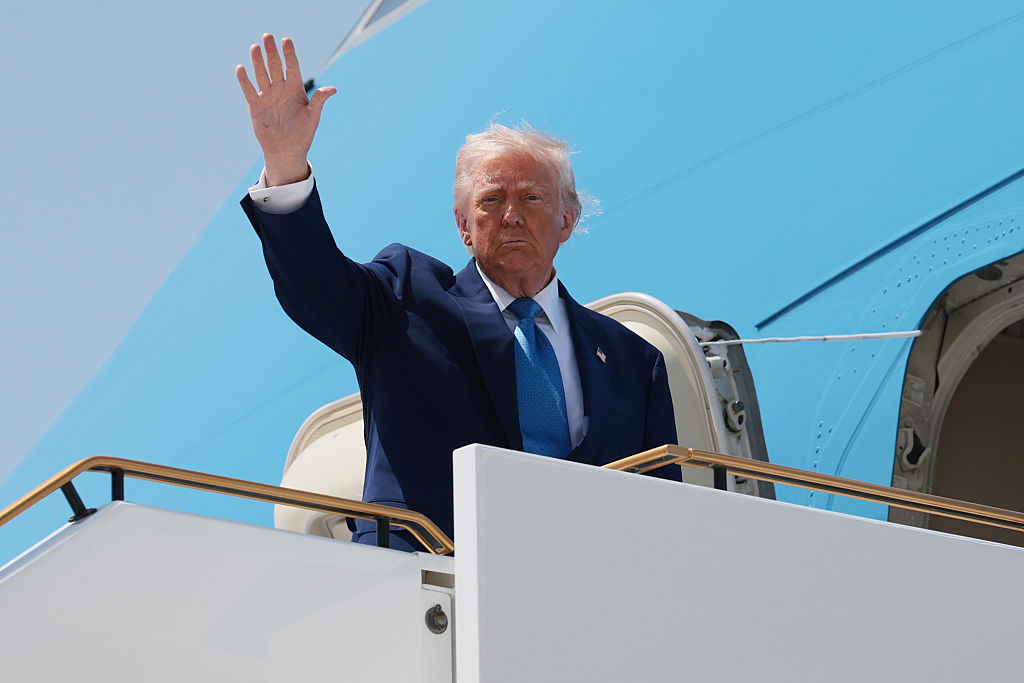
0 Comments
0 Shares
354 Views

Elevate your Sngine platform to new levels with plugins from YubNub Digital Media!










